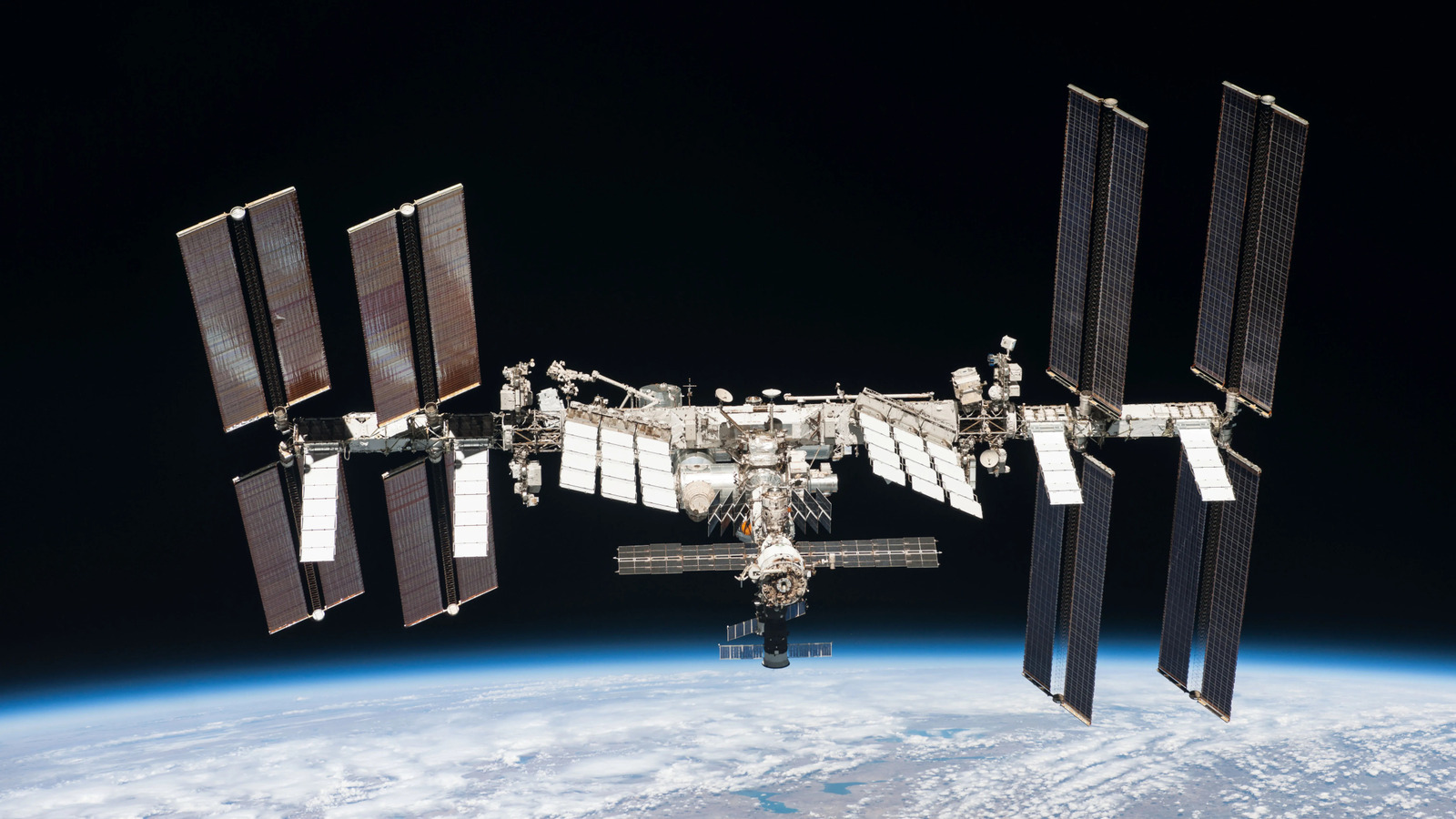When discussing space research, particularly the potential of actually living in space, the conversation naturally comes to the International Space Station (ISS). It makes sense; the ISS is the largest, most ambitious crewed space station in the history of modern space science, and it has been in consistent use since the year 2000, conducting incredible experiments and experiencing the occasional near-catastrophe. Of course, only a select few highly trained individuals actually get to set foot aboard the ISS, so for those of us on the ground, it can be a little hard to conceptualize what it’s like being up there. While it’s difficult to tell at a glance, the ISS is, in fact, larger than a six-bedroom house, and laid out not unlike the interior of a jumbo jet.
While the ISS isn’t exactly a house in space, and certainly isn’t as roomy as your average suburban home, that doesn’t mean all of the astronauts aboard are packed in next to each other like sardines. While a large portion of the ISS is made up of equipment like solar arrays, the actual habitable space of the station is more than sufficient to accommodate the large crew of astronauts. It may be laid out in a series of tubes and capsules, but ISS residents definitely aren’t hurting for legroom.
The full length of the ISS is roughly the same as a football field
The ISS is visible through a telescope, an artist’s rendering, or if we’re lucky enough, a photo taken from the station itself. However, none of those really give you an idea of the vessel’s actual scope, or at least it’s not as clear as if you were standing right in front of it. From those renderings alone, it looks like a simple satellite such as the Hubble Space Telescope, which only measures about 43 feet in length.
In actuality, if you measured the full length of the ISS from end to end, it comes in at a little under 360 feet. That’s the same size as a professional U.S. football field, end zone to end zone. The full station also has a mass of 925,335 lbs., which is roughly equivalent to the weight of two and a third empty Boeing 747 jets.
According to NASA’s records, the entire ISS took a combined total of 42 assembly flights to deliver and assemble the various large modules and other pieces of the station. Some of the largest modules are roughly equivalent in size to standalone satellites like the Hubble. The Russian Multi-Purpose Lab module, for instance, measures about 42 feet across. Ergo, rather than comparing the ISS to a single satellite, it might make more sense to liken it to a multitude of satellites interlinked together.
The habitable space is larger than a six-bedroom house
Although the ISS is massive, a large portion of that size is made up of uninhabitable devices and modules, such as the solar panels on both sides of the station. While the full scope of the ISS isn’t completely habitable, that doesn’t mean the astronauts aboard have nowhere to go. Approximately 218 feet of the station’s length is pressurized, which means it’s safe for humans to move around within its microgravity, though that state of microgravity is why any forms of open flame are banned aboard the ISS, incidentally.
The ISS is made up of various interconnected modules, including docking adapters for incoming and departing vessels, airlocks to separate the modules from each other, research modules for conducting work and experiments, and living quarters for residents to sleep and spend their free time doing approved activities. If you combine the total habitable space between the working modules and living modules, the residents of the ISS have more space to move around in than that of a six-bedroom house. The living spaces alone include six sleeping quarters, two bathrooms, a gym, and a 360-degree cupola for looking out at the Earth and the stars.
Some astronauts have likened the inside of the ISS’ living quarters to the cabin of a Boeing 747. The obvious difference is that, unlike on a passenger jet, you don’t need any floors, since everything is in zero gravity, so it’s more like a series of tubes and tunnels instead of hallways.









